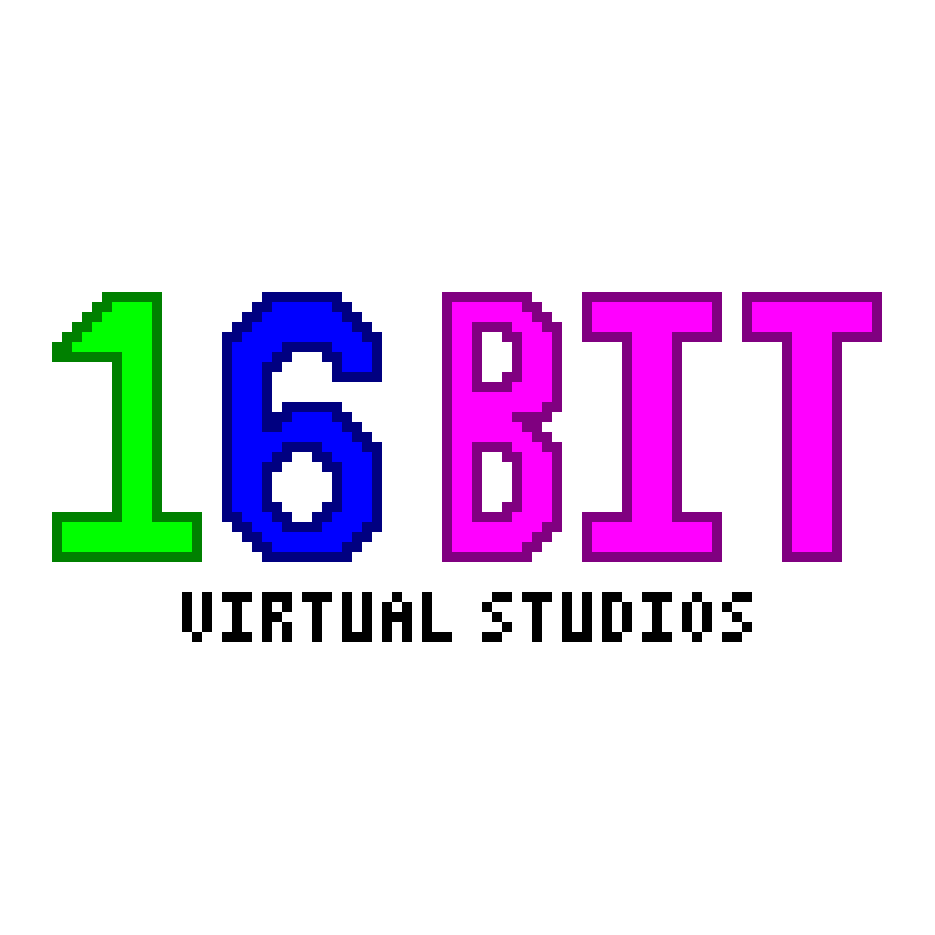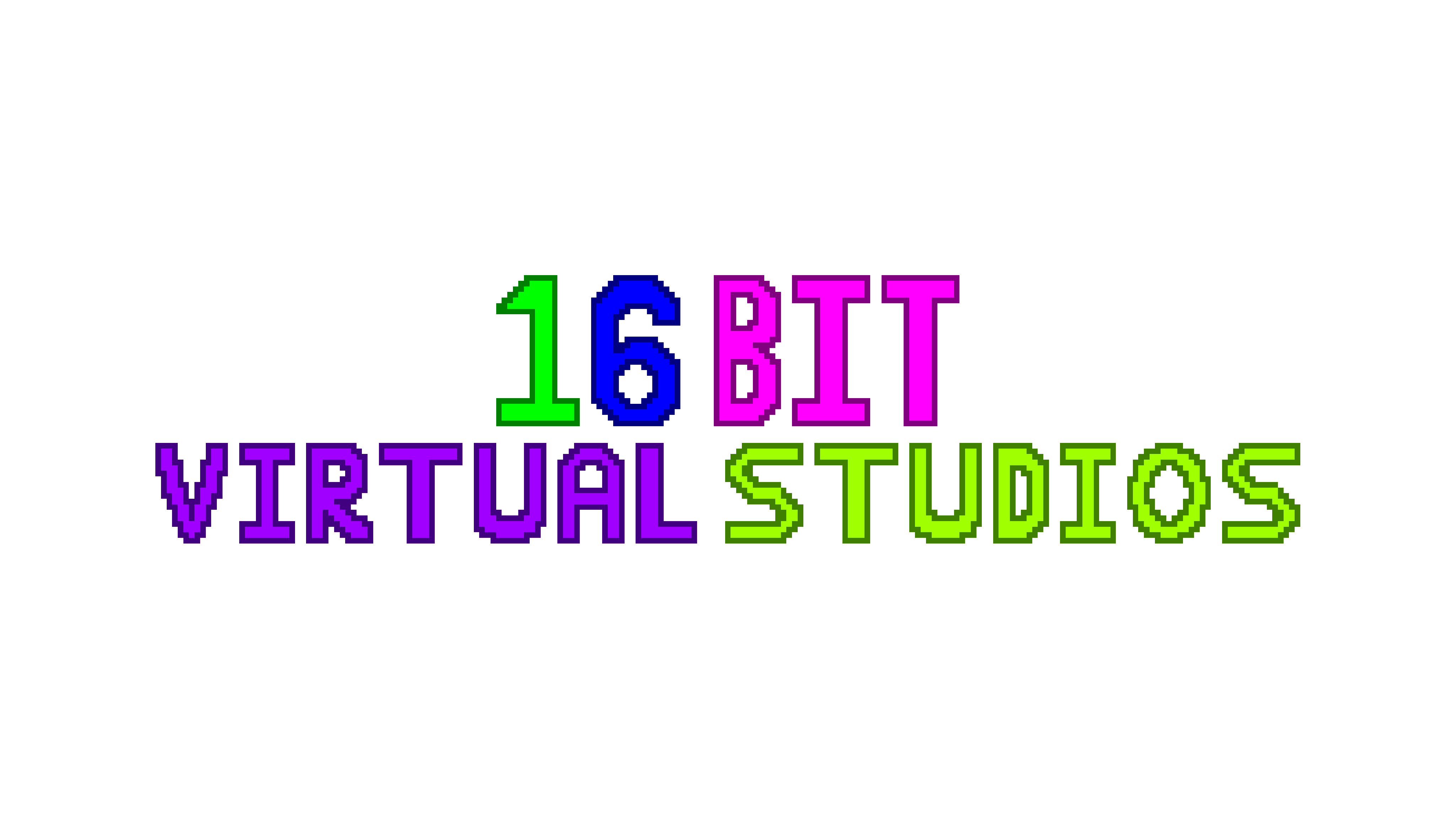I run 16 Bit Virtual Studios. You can find more reviews from me on YouTube youtube.com/@16bitvirtual or other social media @16bitvirtual, and we sell our 3D Printed stuff on 16bitstore.com
- 4 Posts
- 48 Comments

 1·2 years ago
1·2 years agoYou have a few options.
If you want to save money, a Kobo or Kindle is a good starting point. Obviously tracking and logging pre-installed so keep that in mind. But there are ways around the DRM locks, and Kobo can be moodified to run KOReader.
If you don’t want the slow and laggy e-reader experience, any Android tablet will do so long as its not those “cheap” ones you find at Walmart. With the exception of the Fire Tablets (they are subsidies), you’ll probably want to spend about $150+ on it. A used tablet with Android 8 or newer should work too. KOReader again is available and is the most compatible e-reader app, with Moon Reader as my fallback.
But if Money is no Object, you might as well get an iPad, the pre-installed Book app from Apple is amazing, easy to use, and if you disable iCloud for it (unless that’s what you want) versatile. The best bit is, you can even use an iPad Air 1 and it works well. Sure transferring books is a pain, but it can be done with iTunes.
However if you want eInk, then you only option is an Android e-reader. Onyx Boox, Pocket Book, Bouye, etc. The problem with these devices is that they are not cheap, and they will get dropped before an update becomes available. I have experience with Boyue and Onyx Boox. My two Likebooks, are stuck on androids 4.4 and 5, and never had an update since I got them. While my Onyx Boox has surprised me and had an update this week for the baked in apps though the OS version is still 10.
In my view I think you need to get a good but cheap device, old iPad, kindle, etc. Use it and break it. Find what you do and don’t like about it, then spend good money for the box that fixes it. I started with my Android tablet and hated the battery life, my Kobo sucked because it has no color. I got a Nova 3 Color and I’ve been quite happy, but I do miss the MicroSD card.

 0·2 years ago
0·2 years agoThanks I forgot I even had a dropbox account. And everything is deleted files and account.

 11·2 years ago
11·2 years agoBetter question, what was I playing? Since I completed Metroid Fusion in exactly 2 hours according to the in game timer. And since I set up a DS emulator on my Laptop I’ve been playing New Super Mario Bros for the first time in years, as well as replaying Pokemon Mystery Dungeon Blue Rescue Team.

 1·2 years ago
1·2 years agoDrivers. I’ve yet to run across any major issues except for Intel Compute not working with Davinci Resolve but that’s well documented.
Now for gaming on Linux. There are 2 ways to game on Linux.
-
Native ports. Most valve games and some third parties (mostly indie) are natively compatible. I’ve had no issues playing these ports and they run like any other application.
-
Windows Compatibility Layer. Now asking for 20+ year old games to be ported to Linux is a bit of an ask. Let alone asking devs to add Linux support to their games when Linux had such a small install base.
So what some very smart devs did, was make 2 pieces of software that makes playing native Windows games on Linux possible.
WINE, or WIne Is Not an Emulator, is a compatibility layer to run native Windows Software in Linux. With a primary focus on Windows System Calls. Gaming in wine isn’t graphically the best.
Then there is DXVK, or Direct X to Vulkan compatibility layer, which translates DX9-DX11 code to the open source Vulkan that runs in Linux. Intel’s Arc graphics uses this for their legacy compatibility.
Now you don’t need to worry about installing any of this since Valve packages these apps, and some choice software like .Net Runtime in a package called Proton. This is a checkbox in Steam and when Steam Play is enabled, the Windows versions of games will be installed and will work.
Compatibility is very good at this point but there are edge cases that still need to be ironed out. Like anti cheat, DRM, and more.
Lutris is another prices of software that can be used like Steam Play but for non steam games. Its also good, but can be fiddly.
Install process is no more involved than actual Windows, but when a Ubisoft game crashes it won’t take your entire machine down with it.
-

 6·2 years ago
6·2 years agoFrom my experience, download many distros from Linux Mint to Zorin, maybe Fedora and OpenSuse if you want something non Ubuntu bases, or Manjaro and Endeavor OS if you are up for a challenge.
Then install them in a Virtual Machine like Virtual Box. This way you can test which OS you like, and see if the software you want works.
In my experience the Desktop Environment makes the biggest impact on your user experience.
Followed by the package manager (app store)
Then available software (steam lutris libre office)
Finally the terminal for when things go south (or you installed arch)

 61·2 years ago
61·2 years agoOh I know this answer! Not using Windows, right?

 2·2 years ago
2·2 years agoA weird one if your SO is a fan of anime. Persona 5.
My SO loved playing with me since they had all the guides and stuff ready to min max the game while I did the heavy lifting. It’s a different type of 2 player game, like a Driver and Navigator while driving.

 8·2 years ago
8·2 years agoOK hear me out, I’m going to install boxes on my arch install since I use arch btw, and install Windows 11 in a VM.
I’m then going to sign in with my Microsoft™️ account and give them all my data. Then after my free trail of McAfee™️ and Norton are install, and I play the free games that are included like Candy Crush Saga™️. My VM will evolve from just a VM to a M. I do this until the FBI van arrives as Microsoft sell my data to to Government, or until my beast of a machine slows to a crawl as Microsoft™️ takes more data trying to find a buyer.
Then I will install Oracle™️ VirtualBox™️, and try out new OS’s like Ubuntu and Linux Mint. And when I settle on POP_OS I will free my M (since its prolonged suffering has evolved it from a VM), and install Linux.
Then I will find something wrong with the install, probably complain about SNAPs being an option, or that not all of the software is FOSS. Remove POP_OS and install arch.
TLDR I use arch BTW in both my ssd and my fake HDD on my ssd

 11·2 years ago
11·2 years agoThe SEGA at the end caught me off guard.
I was playing super star wars. But the lava kept killing me

 1·2 years ago
1·2 years agoBy my definition, the Vita is Retro. In which case that since it can emulate everything I want to play and more.
If I have to go pre 2010 probably a DS or PSP due to the vast library of games I like
Pre 2000… PlayStation 1 or Super Nintendo leaning heavily on PlayStation

 3·2 years ago
3·2 years agoHaving the parental controls to limit someone’s play session is a newer concept. Most older systems like PS2, PSP, and PS3 just have age restrictions on the games, where a parent needs to unlock the system to play. (At which point you could just start a timer)
You might be able to leverage that.
Otherwise the oldest system I am aware of that has this feature is PlayStation Vita according to its manual.
I am currently using Manjaro as my main Laptop OS.
Most of the hate is philosophical based in small often overlookable facts. And how Manjaro uses/is compatible with the AUR. There’s a whole github dedicated to the communities complaints here: https://github.com/arindas/manjarno
While I can see why many don’t like manjaro, I personally see these complaints as a way to evaluate the company to see if they improve.
My experience with Manjaro is about 1-2 years now. And the OS is very stable, honestly more stable than my brief time with Fedora.
But I did break a lot during that time including my DE. However as long as you are careful on where you install from, the distro will be stable.
Install order
-
Official Repo - this is delayed by a few weeks to “validate stability”, one of the sticking points for the community
-
Flatpak
-
AUR - due to the delayed official packages some AUR packages won’t update immediately, or will cause conflict when they are.
AUR support is honestly the only valid issue with Manjaro. Due to the delay AUR packages will break as older dependencies aren’t being updated causing a large string of removals which can cause stability issued in Manjaro.
My recommendation is to avoid the AUR unless the package isn’t found elsewhere. Which is a problem if you installed Arch for AUR. Thus EndeavorOS is preferred.
But for my usage I prefer the graphical interfaces for all setting. With the exception of GRUB, there is a GUI for everything and you won’t need to touch a terminal.
With that said, you may want to look into OpenSUSE or Fedora/CentOS, and they are similar in terms of GUI settings. And are a little safer since OS level packages are behind another package manager.
But at the cost of less software. For me I’m stuck with Manjaro for now, and as soon as Slimbook battery is officially on Fedora trying that out again.
-

 3·2 years ago
3·2 years agoNot a controller per say, but does a mouse and keyboard count?

 21·2 years ago
21·2 years agoThe ending of Pokemon Mystery Dungeon. Such a wonderful soundtrack an story.

 2·2 years ago
2·2 years agoA mix between Lego Indiana Jones on PSP and Assassins Creed Syndicate. Hurray free givaways
Love those videos, mostly because it is my perfect argument on why the Linux Desktop isn’t ready yet.
Was Linus an idiot in those videos? Yes, Luke even said so, stating he installed in and in the month chose not to use his machine (recent wan show)
However it shows, just how easy it is for a novice to break the distro, and how much work is needed to get it to the point of Windows for general population usability. Granted the issues Linus had with POP_OS was dumb and shouldn’t have happened. But it showed me that Manjaro existed, which I am using to this day.
On the list of reasons over the years.
-
High School friend showed me their install, and how it had these sick spinning cube desktop. Ditched it once I realized I couldn’t do anything I wanted on it.
-
In University, the ComSci labs all had networked machines with Ubuntu installed. It was cool, but again outside of coding, I couldn’t do anything I wanted on it.
-
2022, I got a new Laptop, couldn’t use Windows 11 without an account (I know of the work arounds). MS has Windows 10 with a EOL in 2025, and Valve is pushing the Steam Deck hard. Gave it a second shot. I now can do everything I want on it without issue. I even made a 1 year retrospective video about it.
I use arch btw /s
-

Needed to install drivers to get full features like double sided printing. However they are easy enough to install